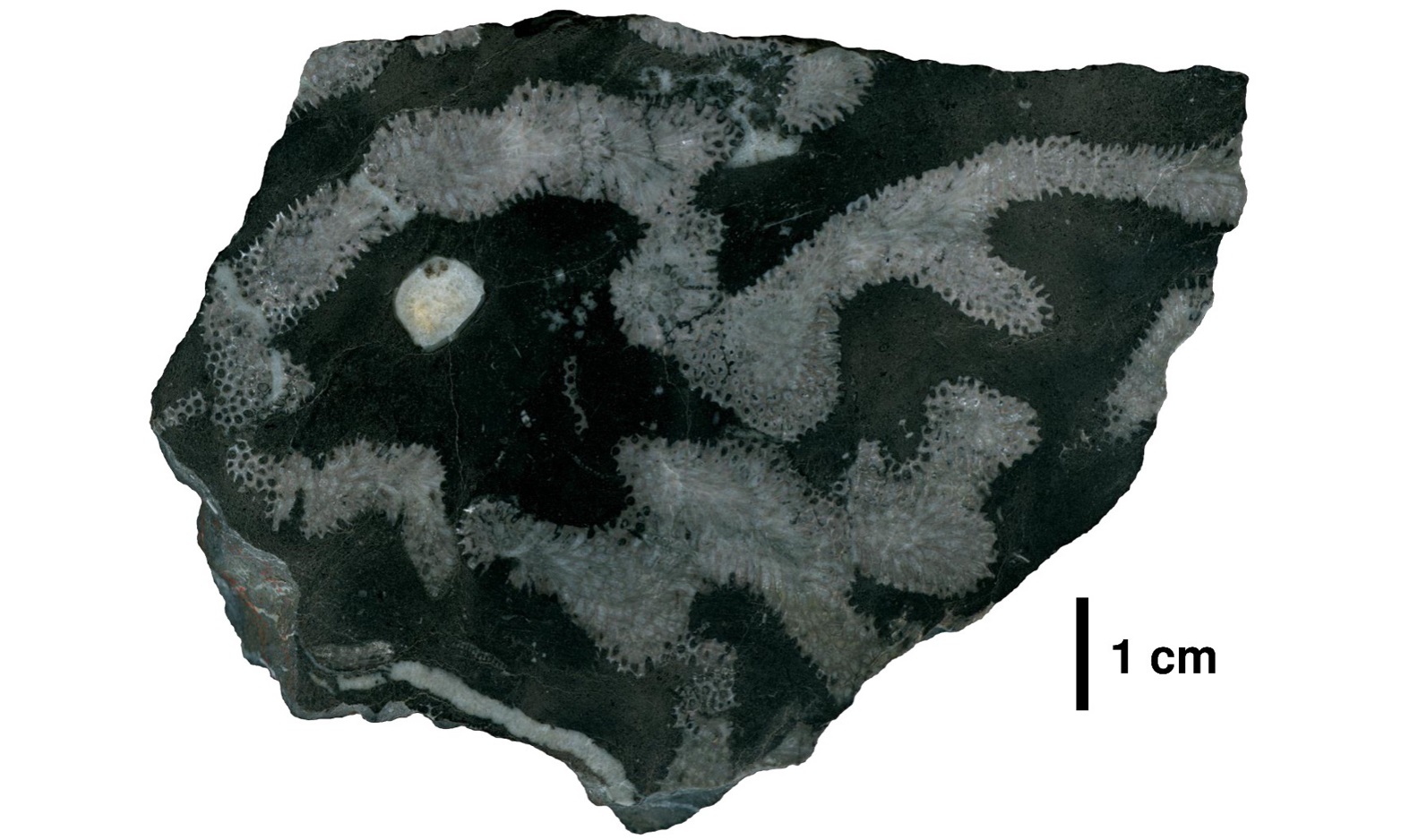Media release
From:
Palaeontology: Early evidence of symbiosis found in ancient coral *IMAGE*
The symbiotic relationship between corals and their photosynthetic algal partners (photosymbionts) goes back at least to the Devonian (385 million years ago), a Nature paper suggests. This is important for our understanding of earlier coral reef ecosystems.
All modern corals belong to a group called the scleractinians, which evolved in the Triassic Period (around 250 million years ago). These corals can be home to symbiotic organisms (for example, photosymbionts) that have a role in nutrient recycling, which can be particularly beneficial in nutrient-poor waters. However, it is not clear whether earlier, extinct forms of coral had photosymbionts or not.
Jonathan Jung, Alfredo Martínez-García and colleagues study fossils of two extinct groups of coral — tabulate and rugose — from Devonian reefs and present proof of the presence of photosymbionts. They do this by measuring coral-bound nitrogen isotopes, which can be used to distinguish whether corals derive their energy from photosynthetic symbionts or not. The result suggests that the tabulate coral they studied did have symbionts, but most rugo"These findings provide conclusive geochemical evidence of the earliest known example of symbiosis in corals, the authors conclude."



 International
International



